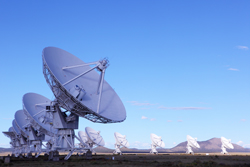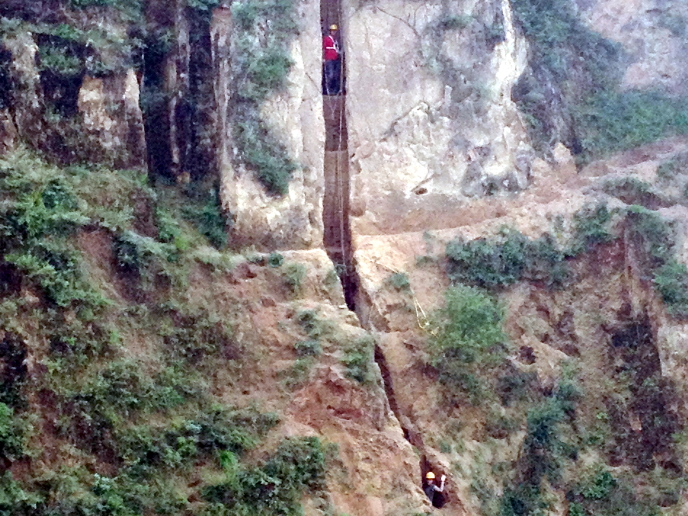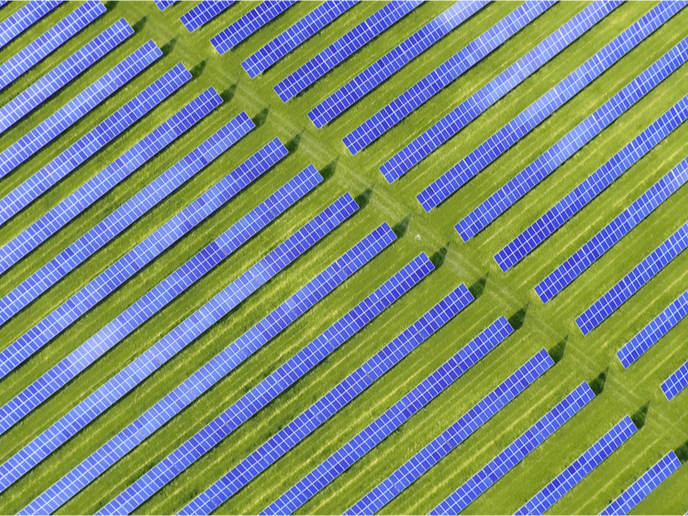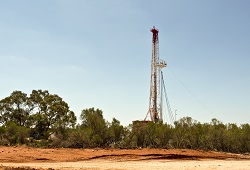Celestial thunder
While mapping the cosmic microwave background (CMB) a decade ago, scientists discovered unknown galactic radio emissions from molecular clouds. The exact source and mechanism behind these luminous emissions that emerge from interstellar dust clouds has been puzzling scientists for years. The EU-funded 'Cm-wave continuum emission from molecular clouds' (CMwaveclouds) project focused on finding out more about these emissions, as well as about signals coming from the CMB. The project has compared advanced astronomical observations that have already been documented with astrophysical models to help understand the phenomenon. CMwaveclouds is collecting information such as radio images of interstellar space through the Australia Telescope Compact Array interferometer (ATCA) and European Southern Observatory (ESO), among other facilities. The datasets contain information that sheds light on the phenomenon. For example, the project found that radio emissions vary significantly in an interstellar region known as the Rho Ophiuchi cloud (ROPH). Also, no radio signal is emanating from the brightest infrared source in ROPH. Other observations include radio spectrum peaks under certain conditions, correlations between radio and infrared emissions, and energy release during hydrogen formation. In another important undertaking, CMwaveclouds developed a physical model of ROPH that gives insight into radiation intensity fields, gas-phase density and temperature. The results of the observations and ROPH model are being published in the scientific community and serve to illuminate our understanding of interstellar emissions. This will allow scientists to map space more accurately, help explain its oddities and yield a novel diagnostic tool to explain interstellar environments more clearly.







